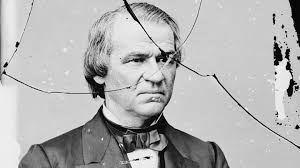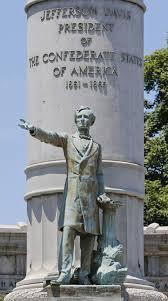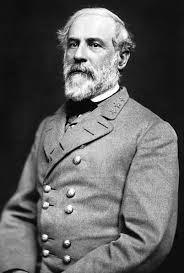“The past is not dead. It’s not even past.”
— William Faulkner

America was a slave society for a lot longer than not. This was not confined to the South, but colored everything. And we’re still dealing with the fallout.
Foner focused on the Reconstruction period following the Civil War (1865-77), which he feels transformed America. Despite falling short in its aim of equality for African-Americans.
Foner said that from around 1900 to the ’60s, the received view of Reconstruction was the “Dunning School.” This viewpoint deemed Reconstruction’s reigning “Radical Republicans” misguided, even villainous, in trying to bend the South to black equality.


Foner calls Reconstruction our “second founding,” making the Constitution what it had never before been; a “regime change.” The 13th Amendment abolished slavery; the 14th established birthright citizenship, and equal protection of the laws; the 15th gave non-white males the vote. This swept away the pre-war legal paradigm, exemplified by the Supreme Court’s Dred Scott decision, in which non-whites were not just second-class citizens, they couldn’t be citizens, with any rights, at all.
“A new birth of freedom,” said Lincoln at Gettysburg, prefiguring this.

Meantime, I see the “radical” Republicans of the 1860s as having represented an advanced humanism utterly astonishing for their time. After all, the ex-slaves were very “other,” coming from a condition of abject degradation, viewed almost universally as biologically and morally inferior. How did those Republicans rise above that to embrace them as fellow citizens?

How tragic that today’s Republicans have gone radical in the opposite direction.
Foner appeared again later, in conversation with leading Lincoln scholar Harold Holzer, discussing Confederate monuments. They put the subject in a larger context of “iconoclasm,” with action against statues venting societal transformation — as happened with monuments to Soviet “heroes” — and the Taliban’s dynamiting the giant Bamiyan Buddha figures.

The statues also reflect Southern whites’ sweeping the crime of slavery under the rug while romanticizing “The Lost Cause” as a noble one, a battle for “state rights” and indeed “Liberty (!)” Holzer expressed amazement at the emotive power these tropes still pack. Southern whites really see their pride and honor somehow at stake. Thus the removal of statues has often provoked violence.
But secession was not a noble cause, it was a vile one. A rebellion against the ideals America actually stands for (or should). The war was not about “liberty” but its opposite, slavery — no slavery, no war.

* What follows I actually wrote back then; I have a big backlog.
